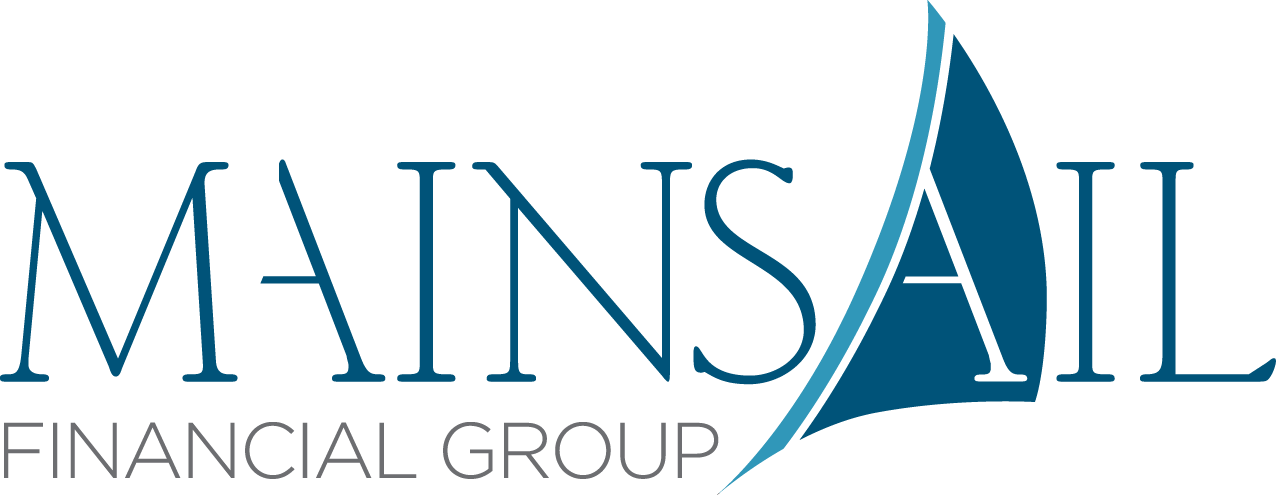2023 Q2 Market Outlook
Spring is fooling us. In typical Seattle fashion, the sun is out one day, and it's raining the next. And this is a good analogy for what's going on in the market as we look back on the first quarter of 2023.
Here we are, mid-April, and in a vacuum, markets have looked great so far year to date even with the Fed continuing to hike, a mini-bank crisis and inflation persisting. Despite these headwinds, year to date, markets are still up, and bond yields are down. The markets seem to be speculating heavily on a potential Fed pivot, which has yet to occur as we have seen the Fed continue to raise rates at each meeting. None the less, we continue to see speculation every month about what the Fed may do and many investors betting that the Fed will turn course sooner than they are suggesting.
Our Viewpoint Going into Q2 of 2023
Earlier this year, I shared that a market rebound could occur sooner than later because the market is always pricing ahead but that it is likely we will stay within a trading range for the near term still. Looking at year-to-date figures, everything looks strong, and you may think we have seen the rebound, but let’s zoom out a bit. If instead, we focus on the reality of the current market cycle over the past 15 months, we have yet to go anywhere since the original pullback and have been in this same trading range for quite some time. Right now, we happen to be near the top of this range. However, we also hit these same levels (and saw the markets drop again) looking back around early February, as well as November of 2022, August of 2022, and June of 2022.
Are you prepared for taxes in retirement?
For more long term tax planning strategies, claim your FREE copy of Brandon’s book, Retire by Design!
2023 has brought on what is considered the most anticipated recession ever. In reality, we don’t know for sure whether or not there will be a recession, but we do still feel a recession is more likely to happen than not. Some of the most recent banking challenges could be the first hint at what type of slowdown may be ahead.
The banking story is important, not because of the impacts of individual banks and a few bad apples, but rather because of the broader implications. To be clear, we do not feel this banking challenge is more widespread and that it is likely to be contained to a few banks, and mostly those of a smaller size. However, it is likely this recent scare will impact how the remaining banks offer credit. In a situation like this, it is very typical for banks to tighten up on loans and credit offering in the coming months. As banks begin to tighten, economic activity will likely slow, and this slowing could trigger a mild recession, but remember, markets are always forward looking and priced based on what they see ahead.
So, what could be a catalyst to see the markets rebound from here? The first and probably the most important indicator is the money supply, which refers to how much money is circulating in the economy. The money supply is beginning to show significant signs of slowing, which is the most critical indicator of inflation. The media and headlines focus almost entirely on the Fed's interest rates, but in reality, the money supply is really what has driven the higher inflation rates. I believe this is what could pull inflation back down from here. If this money supply continues to slow, inflation will likely slow slightly along with it. Over the past two years we have suggested inflation was likely to persist, and we still think it will, but we are seeing early signs that the rate of inflation increases may begin to slowly come back down for the first time.
Are you making a critical retirement planning mistake?
To learn retirement distribution strategies and develop a thoughtful income strategy, click here to claim your FREE online course!
If we do begin to see inflation slowing, the labor market cooling off, and credit beginning to tighten, it is likely the Fed may not feel as confident in their continued path of rate hikes. In this example, we may see the Fed blink and stop their rate hiking path. Whether this happens in June or later in 2023 will be up to the data. This transition, whenever it comes, is likely the first signs of a catalyst to a more sustained market recovery.
The reality is that we will likely know more in May when the Fed meets again. In the meantime, we may be in for more extended market volatility. It may sound bizarre to say that these negative forces are good, but when the markets are in this state of uncertainty, we need to see things tighten up and reach a resolution to put the negativity behind us and move on. We will watch closely as we move into earnings and the upcoming Fed meeting in May.

